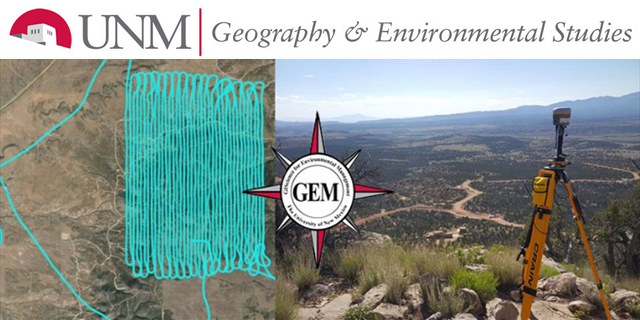
Geography ETDs
Publication Date
2023
Abstract
Waste from Abandoned Uranium Mines (AUMs) has negatively impacted Indigenous communities for generations. To answer these concerns, this research collaborated with Navajo Nation community members in Cove, AZ and Red Valley, AZ in order to better predict the potential AUM waste exposure their flocks face. A GIS-Multi-Criteria Decision Analysis (GIS-MCDA) model quantified potential exposure to AUM waste. Animal behavior was classified based on GPS and accelerometer data utilizing a Hidden Markov Model (HMM). The results of both the GIS-MCDA and animal behavior classification modeling was combined into a cumulative exposure potential value for each animal. This study found that livestock animals in Cove, AZ, faced relatively higher cumulative exposure potential risk from AUM waste than animals in Red Valley, AZ. Livestock owners can use the tools generated in this process along with their generational knowledge to mitigate the risk posed by AUM waste.
Degree Name
Geography
Department Name
Geography
Level of Degree
Masters
First Committee Member (Chair)
Dr. Yan Lin
Second Committee Member
Dr. Joseph Hoover
Third Committee Member
Dr. Liping Yang
Document Type
Thesis
Project Sponsors
UNM METALS, UNM Center for Native American Environmental Health Equity Research
Keywords
Hidden Markov Model (HMM), GIS-Multi Criteria Decision Analysis (GIS-MCDA), Animal Behavior Classification
Recommended Citation
Girlamo, Christopher. "Estimating Potential Exposure from Abandoned Uranium Mine Sites through Machine Learning Classification of Animal Behavior: A Case Study in the Navajo Nation." (2023). https://digitalrepository.unm.edu/geog_etds/68
